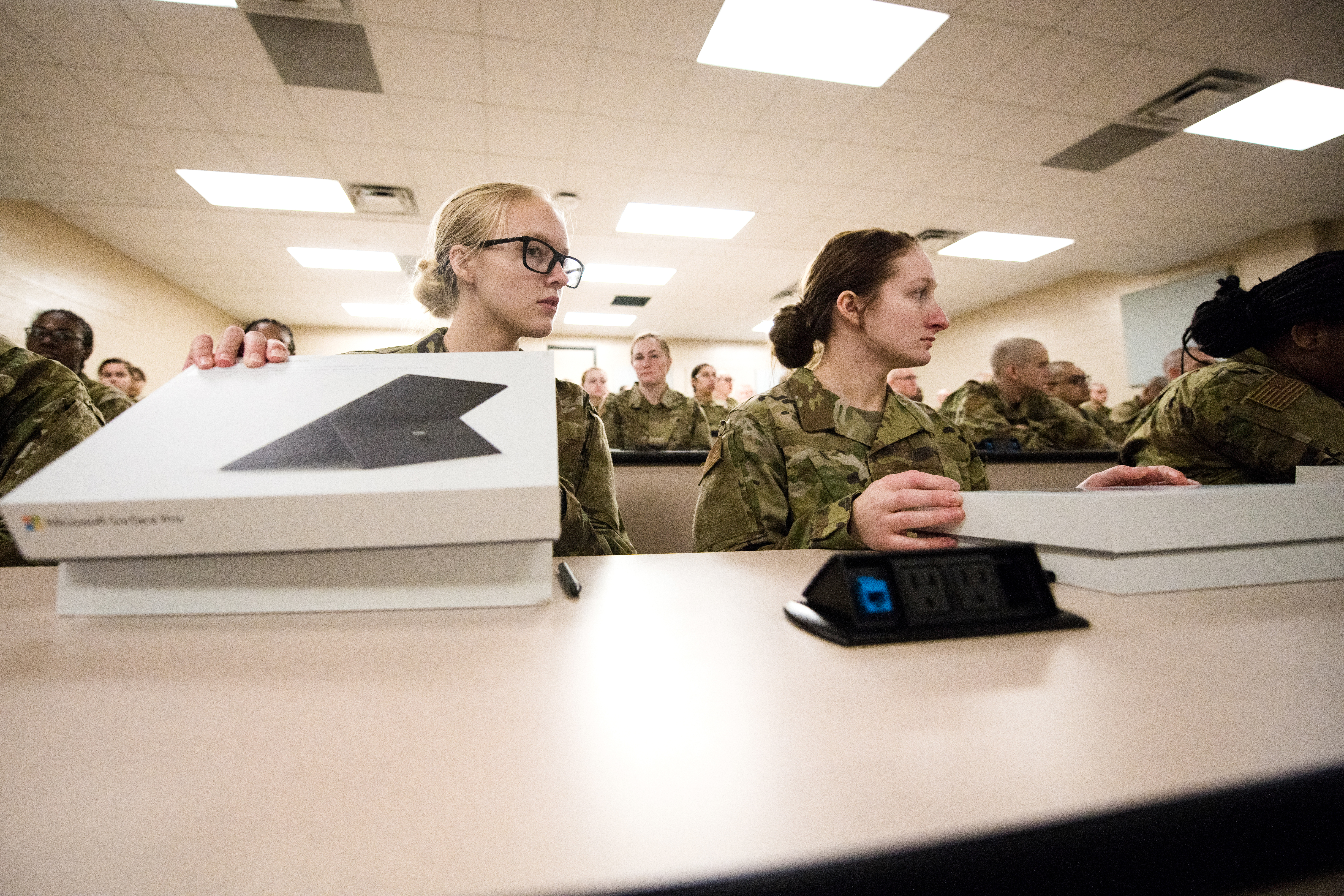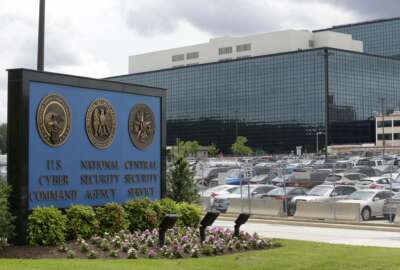Hubbard Radio Washington DC, LLC. All rights reserved. This website is not intended for users located within the European Economic Area.
On Air: Federal News Network
Trending:
Coast Guard, GAO at odds over health of acquisition programs
The Government Accountability Office found the Coast Guard cannot meet its most recent acquisition objectives to recapitalize its aging boats and airplanes. The...
wfedstaff | June 4, 2015 12:28 pm
The Government Accountability Office told Congress Tuesday that the Coast Guard’s program to recapitalize its boats and aircraft has been seriously hindered by unrealistic assumptions about its capital budget. Because of that, the agency said, the Coast Guard’s current acquisition program is “unachievable.”
The Coast Guard’s leader disputed GAO’s findings, saying the assessment is based on data gathered more than a year ago.
The Coast Guard’s modernization plan includes replacements for almost all of its major hardware, including more than a dozen acquisition programs to recapitalize most of its boats and airplanes, plus various high-tech communications and information systems to tie those platforms together.
GAO’s assessment that the modernization plan is unachievable is based on the Coast Guard’s most recent baseline, conducted in 2007, of what used to be called the Deepwater program.
“Using that rebaseline as a guide of the Coast Guard 17 large acquisition programs, 10 are over budget, eight are behind schedule and six are both over budget and behind schedule,” said Rep. Frank LoBiondo (R-N.J.), chairman of the Transportation subcommittee on Coast Guard and Maritime Security, citing GAO’s findings at the start of an oversight hearing Tuesday.
Despite notable progress in the area of acquisition management following several years of problems, the Coast Guard is managing an acquisition program that’s bigger than the service’s capital budget can support, said John Hutton, the audit agency’s director for acquisition and sourcing management. He said the Coast Guard’s overall modernization effort will cost it as much as $1.9 billion dollars per year over the next five years. At the same time, the service is only expecting to receive $1.2 billion per year.
Realistic plans?
The Coast Guard needs to make its acquisition plans more realistic, he said.
“They need to decide what tradeoffs need to be made, make those decisions and then plan in future budgets so you don’t have all this churn,” he said. “If you look at their five-year capital plan, one year they wanted to spend their money a certain way, but every year it changed. It wasn’t going to help them have a smooth acquisition because I think they were planning for more money than what they were reasonably going to get.”
But the subcommittee heard some pushback from the Coast Guard’s top officer. Adm. Robert Papp, the service’s commandant, said GAO’s conclusions are based on old data. He said he was “discouraged” by the title of Tuesday’s hearing: “Protecting the Taxpayer from an Unachievable Coast Guard Acquisition Program.”
“I want to assure you that every Coast Guardsman, including our acquisition professionals, knows that protecting the American public from maritime threats is job number one,” he said. “But we can’t achieve that mission without the tools we need to do the job.”
Papp said he’s the first to admit his service has stumbled with its huge recapitalization effort. The roots, he said, go back to the last drawdown in national security spending in the 1990s. By the end of the decade, he said, the funding cuts and the lack of any new shipbuilding programs to manage had hollowed out the service’s acquisition workforce.
“We had a very small acquisition budget,” he said. “Sept. 11, 2001 changed that, and all the sudden the money started pouring in. People talk about trying to build an aircraft while you’re flying. That’s exactly what we were doing in the acquisition community in the Coast Guard. In part, that’s what necessitated having a lead systems integrator, basically hiring people to run the project for us as we tried to build the capacity within the Coast Guard.”
The lead systems integrator, Integrated Deepwater Systems, was a private venture that managed virtually all aspects of the recapitalization program. After repeated problems, the Coast Guard brought the acquisition in house under a newly revitalized acquisition directorate.
Coast Guard’s new approach
That allowed the service disaggregate its cutter, airplane and support systems into discrete programs and get away from the boil-the-ocean Deepwater approach, Papp said. And having the Coast Guard manage those acquisitions itself has given it a much more realistic view of what things cost, he added.
“We got about the business of hiring good people, including some people we hired away from the Navy,” he said. “Our people are good now, and they know how to take very rigorous reviews of costs. And what we’ve found is there were some costs out there that we didn’t account for.”
Papp said there already is proof that the Coast Guard has learned to hold its requirements and costs in check. The first three versions of the National Security Cutter, the Coast Guard’s new 418-foot flagship, were built according to cost-plus contracts.
“But we hammered out a fixed-price contract for number four. People were amazed by that, but within the same year, we were able to negotiate a second fixed-price contract for no. five,” he said.
Revising plans for new ships
Papp said the Coast Guard has scaled back its ambitions in other areas to hold costs down. He said the service plans to build the smaller Offshore Patrol Cutter in a way that will treat affordability as the main factor, and build in just enough bells and whistles so that the boat is acceptable for operations.
He told the subcommittee it’s Congress’ role to let the Coast Guard build the ships it needs as quickly as possible. Much of the current fleet dates back as far as the 1960s, and he said replacing those aging cutters will only get more expensive as time goes on.
“There’s this triangle of performance, cost and schedule,” he said. “We’re controlling the costs now, we know what they are. We know what the performance is that we want. It’s the schedule that will drive any cost increases, because the further you drive the schedule to the right, the further the cost is going to increase. I am trying to make the effort to build the things we need as fast as we can. I fully understand there are fiscal constraints in our government, but it’s my job to tell you what we need, and that the faster we build them, the lower our costs will be in the long run. We can decommission our aging, costly assets and get a better price for our newer assets if we build them quicker.”
Lobiondo said the authorization bill he authored for the Coast Guard includes a bump in capital funding to $1.5 billion from the $1.2 billion that the administration requested. But he said to get the money through the entire Congress, the Coast Guard will have to continue to show improvements.
“We’re in line with your goals, but some of these GAO reports become disconcerting if we can’t get to the bottom of why they’re that way,” he said. “Six or so years ago we had direct assurances that there were no problems and everything was fine. It wasn’t. We’re trying to be cautious but move forward in a positive way.”
RELATED STORIES:
After 9/11, reorganization U.S. Coast Guard’s ongoing mission
Coast Guard struggling to update its aging fleet
Coast Guard launches wiki to update IT acquisition strategy
After Deepwater: USCG acquisitions improve
Coast Guard plots steady course on procurement
Copyright © 2024 Federal News Network. All rights reserved. This website is not intended for users located within the European Economic Area.
Jared Serbu
Jared Serbu is deputy editor of Federal News Network and reports on the Defense Department’s contracting, legislative, workforce and IT issues.
Follow @jserbuWFED





